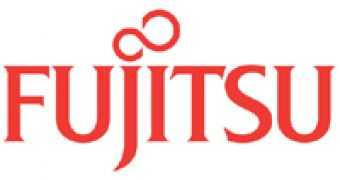Fujitsu announced in the media that its researchers have developed the key technology necessary to fivefold the highest storage densities existent in today's commercial hard disk drives. The next step is to find a solution to transfer this technology into commercial products. The company is confident that the near future will allow it to bring to the market 5 TB desktop drives and 1.5 TB notebook drives.
In the statement it gave to the press, Fujitsu presented one of the first details about a patterned media technology research ever provided by one of the leading hard drive manufacturers. Fujitsu says it has managed to develop a way to build a patterned media device featuring a one-dimensional array nanohole pattern with a track width of only 25 nm, though the ideas are until now only in paper publications and simulation programs.
The company could not make any comments regarding the track width of the hard drives in production at this moment, but it said that the new technology is able to provide the means of climbing density to 1 Tb/inch2, which is, in fact, five times as great as today's density present in production hard drives. This amount of density is considered by the most hard drives manufacturers to be the "superparamagnetic" limit for the perpendicular magnetic recording technology (PMR) recently introduced. At the present moment, the storage density record is held by Seagate. In September, the hard drive manufacturer claimed to have developed a storage device which features a 421 Gb/inch2 storage density.
The current 188 GB/platter 3.5" hard drives from Seagate feature a track width of 175 nm.
If we were to follow the theory, then a 1 Tb/inch2 density would correspond to a 3.5" hard disk drive with a total storage capacity of around 5 TB, or a 2.5" notebook drive featuring a 1.5 TB capacity, or, finally, to a 1.8" portable drive capable of storing about 500 GB.
Other research programs have showed that patterned media could be able to go far beyond 1 Tb. Last year, a team of physicists at the University of Houston announced that patterned media should be able to reach a density of up to 20 - 40 Tb/inch2.
At the end of last month, Western Digital also announced the release of a high density hard drive by the end of 2009, with a total storage capacity of around 2 TB.

 14 DAY TRIAL //
14 DAY TRIAL //